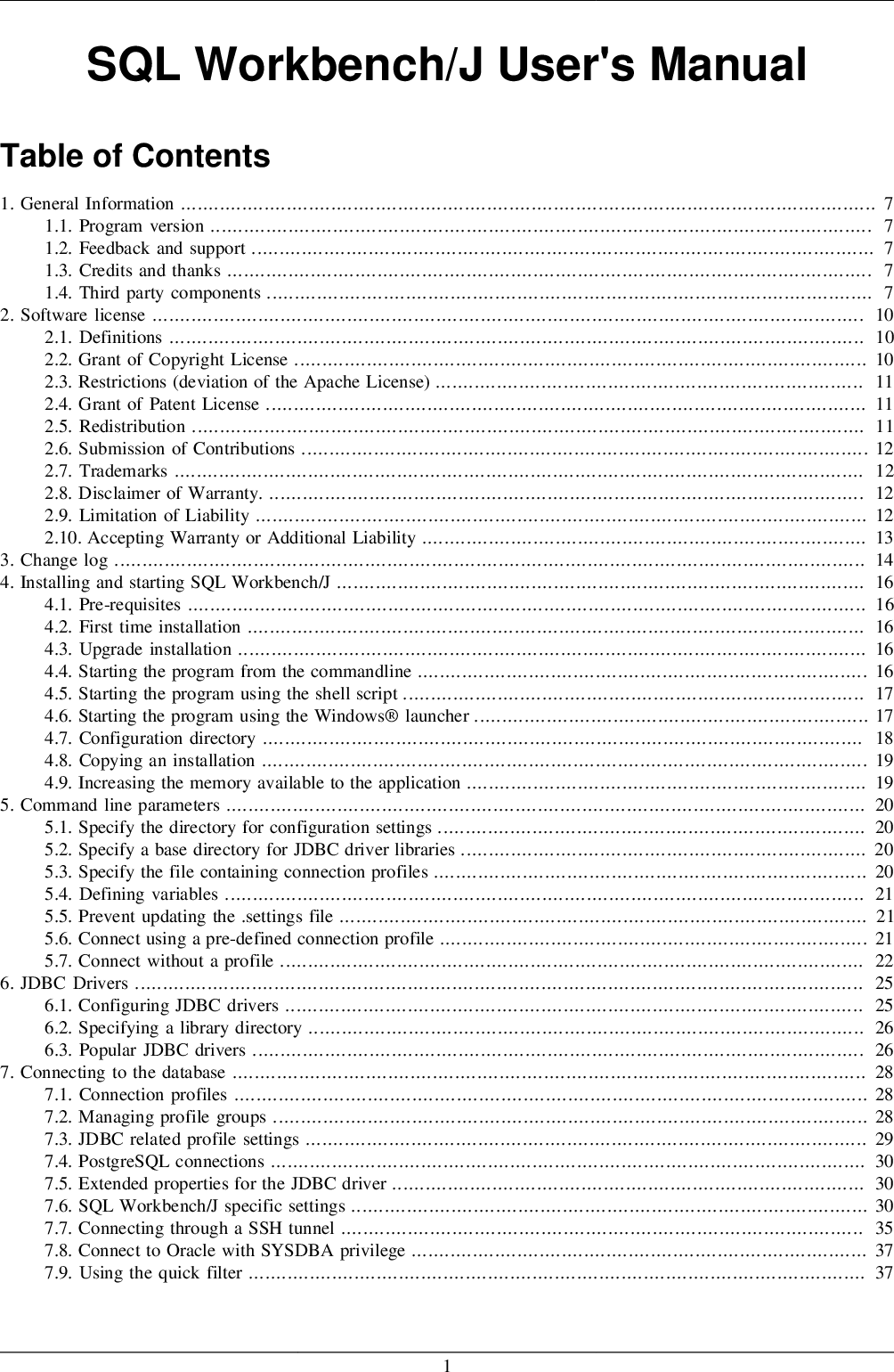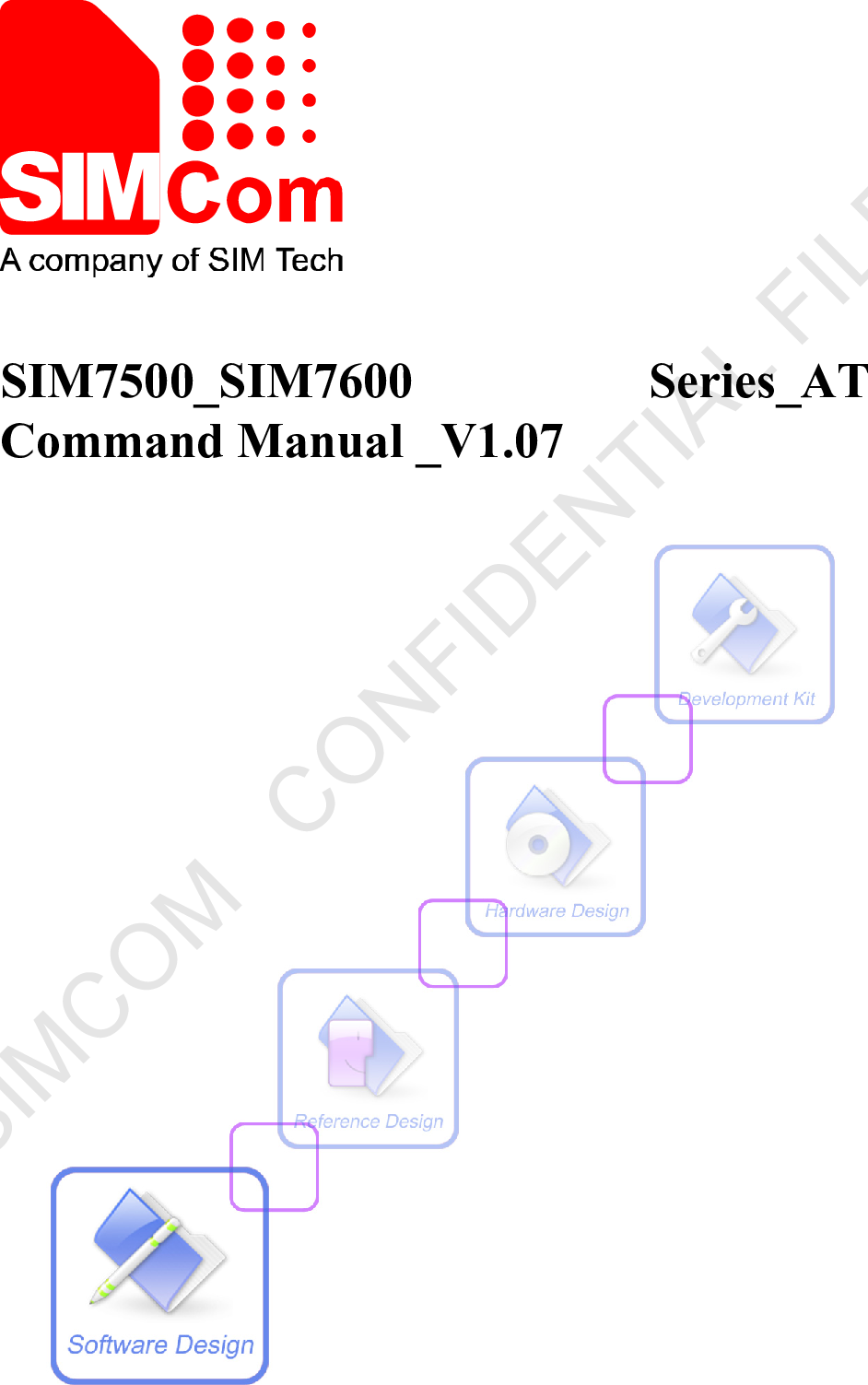Can Qt Slot Return Value
Posted : admin On 4/9/2022Several of the example programs connect the valueChanged signal of a QScrollBar to the display slot, so the LCD number continuously shows the value of the scroll bar. Note that display is overloaded; Qt will select the appropriate version when you connect a signal to the slot. Sending Python values with signals and slots. On the #pyqt channel on Freenode, Khertan asked about sending Python values via Qt's signals and slots mechanism. The following example uses the PyQtPyObject value declaration with an old-style signal-slot connection, and again when the signal is emitted, to communicate a Python dictionary. While QML in Qt 5 has some shortcuts for a few selected properties, some properties might end up going through the generic property interface of QObject. The numbers in the first line of the table reflect the worst and best case performance we can get in Qt 5.15. The other lines show the performance we can get in Qt 6. Edit: I think I just realized that you meant the function is not in a class, right? If that is the case, I don't know of a way to make that work. Qt is heavily object-oriented and I think you can only call slots and signals on objects. Last edited by scio (2009-04-21 12:26:44). To allow for these slots and signals to be defined within the class you need to call the macro QOBJECT at the top of the class (within a private area) so that all of the necessary attachments to the class can be created (within the moc file associated with the class when you run the qmake later on).
The QSpinBox class provides a spin box widget. More...
| Header: | #include <QSpinBox> |
| qmake: | QT += widgets |
| Inherits: | QAbstractSpinBox |
Properties
|
|
- 12 properties inherited from QAbstractSpinBox
- 59 properties inherited from QWidget
- 1 property inherited from QObject
Public Functions
| QSpinBox(QWidget *parent = Q_NULLPTR) | |
| ~QSpinBox() | |
| QString | cleanText() const |
| int | displayIntegerBase() const |
| int | maximum() const |
| int | minimum() const |
| QString | prefix() const |
| void | setDisplayIntegerBase(int base) |
| void | setMaximum(int max) |
| void | setMinimum(int min) |
| void | setPrefix(const QString &prefix) |
| void | setRange(int minimum, int maximum) |
| void | setSingleStep(int val) |
| void | setSuffix(const QString &suffix) |
| int | singleStep() const |
| QString | suffix() const |
| int | value() const |
- 30 public functions inherited from QAbstractSpinBox
- 214 public functions inherited from QWidget
- 32 public functions inherited from QObject
- 14 public functions inherited from QPaintDevice
Public Slots
- 4 public slots inherited from QAbstractSpinBox
- 19 public slots inherited from QWidget
- 1 public slot inherited from QObject
Signals
| void | valueChanged(int i) |
| void | valueChanged(const QString &text) |
- 1 signal inherited from QAbstractSpinBox
- 3 signals inherited from QWidget
- 2 signals inherited from QObject
Protected Functions
| virtual QString | textFromValue(int value) const |
| virtual int | valueFromText(const QString &text) const |
Reimplemented Protected Functions
| virtual bool | event(QEvent *event) override |
| virtual void | fixup(QString &input) const override |
| virtual QValidator::State | validate(QString &text, int &pos) const override |
- 20 protected functions inherited from QAbstractSpinBox
- 35 protected functions inherited from QWidget
- 9 protected functions inherited from QObject
- 1 protected function inherited from QPaintDevice
Additional Inherited Members
- 5 static public members inherited from QWidget
- 11 static public members inherited from QObject
- 1 protected slot inherited from QWidget

Detailed Description
The QSpinBox class provides a spin box widget.
QSpinBox is designed to handle integers and discrete sets of values (e.g., month names); use QDoubleSpinBox for floating point values.
QSpinBox allows the user to choose a value by clicking the up/down buttons or pressing up/down on the keyboard to increase/decrease the value currently displayed. The user can also type the value in manually. The spin box supports integer values but can be extended to use different strings with validate(), textFromValue() and valueFromText().
Every time the value changes QSpinBox emits two valueChanged() signals, one providing an int and the other a QString. The QString overload provides the value with both prefix() and suffix(). The current value can be fetched with value() and set with setValue().
Clicking the up/down buttons or using the keyboard accelerator's up and down arrows will increase or decrease the current value in steps of size singleStep(). If you want to change this behaviour you can reimplement the virtual function stepBy(). The minimum and maximum value and the step size can be set using one of the constructors, and can be changed later with setMinimum(), setMaximum() and setSingleStep().
Most spin boxes are directional, but QSpinBox can also operate as a circular spin box, i.e. if the range is 0-99 and the current value is 99, clicking 'up' will give 0 if wrapping() is set to true. Use setWrapping() if you want circular behavior.
The displayed value can be prepended and appended with arbitrary strings indicating, for example, currency or the unit of measurement. See setPrefix() and setSuffix(). The text in the spin box is retrieved with text() (which includes any prefix() and suffix()), or with cleanText() (which has no prefix(), no suffix() and no leading or trailing whitespace).
It is often desirable to give the user a special (often default) choice in addition to the range of numeric values. See setSpecialValueText() for how to do this with QSpinBox.
Subclassing QSpinBox
If using prefix(), suffix(), and specialValueText() don't provide enough control, you subclass QSpinBox and reimplement valueFromText() and textFromValue(). For example, here's the code for a custom spin box that allows the user to enter icon sizes (e.g., '32 x 32'):
See the Icons example for the full source code.
See also QDoubleSpinBox, QDateTimeEdit, QSlider, and Spin Boxes Example.
Property Documentation
cleanText : const QString
This property holds the text of the spin box excluding any prefix, suffix, or leading or trailing whitespace.
Access functions:
See also text, QSpinBox::prefix, and QSpinBox::suffix.
displayIntegerBase : int
This property holds the base used to display the value of the spin box
The default displayIntegerBase value is 10.
This property was introduced in Qt 5.2.
Access functions:
| int | displayIntegerBase() const |
| void | setDisplayIntegerBase(int base) |
See also textFromValue() and valueFromText().
maximum : int
This property holds the maximum value of the spin box
When setting this property the minimum is adjusted if necessary, to ensure that the range remains valid.
The default maximum value is 99.
Access functions:
See also setRange() and specialValueText.
minimum : int
This property holds the minimum value of the spin box
When setting this property the maximum is adjusted if necessary to ensure that the range remains valid.
The default minimum value is 0.
Can Qt Slot Return Value List
Access functions:
| int | minimum() const |
| void | setMinimum(int min) |
See also setRange() and specialValueText.
prefix : QString
This property holds the spin box's prefix
The prefix is prepended to the start of the displayed value. Typical use is to display a unit of measurement or a currency symbol. For example:
To turn off the prefix display, set this property to an empty string. The default is no prefix. The prefix is not displayed when value() minimum() and specialValueText() is set.
If no prefix is set, prefix() returns an empty string.
Access functions:
| QString | prefix() const |
| void | setPrefix(const QString &prefix) |
See also suffix(), setSuffix(), specialValueText(), and setSpecialValueText().

singleStep : int
This property holds the step value
When the user uses the arrows to change the spin box's value the value will be incremented/decremented by the amount of the singleStep. The default value is 1. Setting a singleStep value of less than 0 does nothing.
Access functions:
| int | singleStep() const |
| void | setSingleStep(int val) |
suffix : QString
This property holds the suffix of the spin box
The suffix is appended to the end of the displayed value. Typical use is to display a unit of measurement or a currency symbol. For example:
To turn off the suffix display, set this property to an empty string. The default is no suffix. The suffix is not displayed for the minimum() if specialValueText() is set.
If no suffix is set, suffix() returns an empty string.
Access functions:

| QString | suffix() const |
| void | setSuffix(const QString &suffix) |
See also prefix(), setPrefix(), specialValueText(), and setSpecialValueText().
value : int
This property holds the value of the spin box
setValue() will emit valueChanged() if the new value is different from the old one. The value property has a second notifier signal which includes the spin box's prefix and suffix.
Access functions:
Notifier signal:
| void | valueChanged(int i) |
| void | valueChanged(const QString &text) |
Member Function Documentation
QSpinBox::QSpinBox(QWidget *parent = Q_NULLPTR)

Constructs a spin box with 0 as minimum value and 99 as maximum value, a step value of 1. The value is initially set to 0. It is parented to parent.
See also setMinimum(), setMaximum(), and setSingleStep().
QSpinBox::~QSpinBox()
Destructor.
[override virtual protected] bool QSpinBox::event(QEvent *event)
Reimplemented from QObject::event().
[override virtual protected] void QSpinBox::fixup(QString &input) const
Reimplemented from QAbstractSpinBox::fixup().
void QSpinBox::setRange(intminimum, intmaximum)
Convenience function to set the minimum, and maximum values with a single function call.
is equivalent to:
See also minimum and maximum.
Can Qt Slot Return Value Kelley Blue Book
[virtual protected] QString QSpinBox::textFromValue(intvalue) const
This virtual function is used by the spin box whenever it needs to display the given value. The default implementation returns a string containing value printed in the standard way using QWidget::locale().toString(), but with the thousand separator removed unless setGroupSeparatorShown() is set. Reimplementations may return anything. (See the example in the detailed description.)
Note: QSpinBox does not call this function for specialValueText() and that neither prefix() nor suffix() should be included in the return value.
If you reimplement this, you may also need to reimplement valueFromText() and validate()
See also valueFromText(), validate(), and QLocale::groupSeparator().
[override virtual protected] QValidator::State QSpinBox::validate(QString &text, int &pos) const
Reimplemented from QAbstractSpinBox::validate().
Can Qt Slot Return Value Calculator
[signal] void QSpinBox::valueChanged(inti)
This signal is emitted whenever the spin box's value is changed. The new value's integer value is passed in i.
Note: Signal valueChanged is overloaded in this class. To connect to this signal by using the function pointer syntax, Qt provides a convenient helper for obtaining the function pointer as shown in this example:
Can Qt Slot Return Value Guide
Note: Notifier signal for property value.
[signal] void QSpinBox::valueChanged(const QString &text)
This is an overloaded function.
The new value is passed in text with prefix() and suffix().
Note: Signal valueChanged is overloaded in this class. To connect to this signal by using the function pointer syntax, Qt provides a convenient helper for obtaining the function pointer as shown in this example:
Note: Notifier signal for property value.
[virtual protected] int QSpinBox::valueFromText(const QString &text) const
This virtual function is used by the spin box whenever it needs to interpret text entered by the user as a value.
Subclasses that need to display spin box values in a non-numeric way need to reimplement this function.
Note: QSpinBox handles specialValueText() separately; this function is only concerned with the other values.

See also textFromValue() and validate().
© 2020 The Qt Company Ltd. Documentation contributions included herein are the copyrights of their respective owners. The documentation provided herein is licensed under the terms of the GNU Free Documentation License version 1.3 as published by the Free Software Foundation. Qt and respective logos are trademarks of The Qt Company Ltd. in Finland and/or other countries worldwide. All other trademarks are property of their respective owners.
As Qt WebKit is replaced by Qt WebEngine(you can refer to this post about porting issues), accessing html elements from C++ directly becomes impossible. Many works originally done by QWebKit classes are now transferred to javascript. Javascript is used to manipulate web content. And you need to call runJavaScript from C++ code to run javascript on the web page loaded by QWebEngineView.To get web elements, a communication mechanism is invented to bridge the C++ world and the javascript world. The bridging mechanism is more than obtaining the values of web page elements. It provides the ways in which C++ code can call javascript functions, and javascript can invoke C++ functions as well.The values of variables can also be passed from C++ to javascript, and vice versa. Let’s consider the following application scenarios:
javascript code calls C++ function
C++ code should provide a class which contains the to-be-called function(as a slot), then register an object of this class to a QWebChannel object, and set the web channel object to the web page object in the QWebEngineView
To invoke the C++ function jscallme, javascript should new an instance of QWebChannel object.
QWebChannel is defined in qwebchannel.js(you can find this file in the example folder of Qt installation directory) so the script should be loaded first. In the function passed as the second parameter of function QWebChannel, the exposed object from C++ world(webobj in C++) channel.objects.webobj is assigned to the javascript variable webobj, and then assigned to window.foo so you can use foo elsewhere to refer to the object. After the function is executed, javascript can call the C++ slot function jscallme as follows:
Pass data from javascript to C++
We’ve known how to call C++ function from javascript. You should be able to figure out a way to pass data from javascript to C++, i.e., as parameter(s) of function. We re-implement jscallme as follows:
, and invoking of the function from js would be:
Note that the “const” before the parameter can not be omitted, otherwise, you will get the following error:
Could not convert argument QJsonValue(string, “sd”) to target type .
Although data can be passed as parameters of function, it would be more convenient if we can pass data by setting an attribute of an object like:
We expect after the code is executed, “somedata” will be stored in a member variable of the exposed object (webobj) in C++. This is done by delaring a qt property in C++ class:
Now if you execute foo.someattribute=”somedata” in javascript, m_someattribute in C++ will be “somedata”.
Pass data from C++ to javascript
We can send data from C++ to javascript using signals. We emit a signal with the data to send as the parameter of the signal. Javascript must connect the signal to a function to receive the data.
The line “webobj.someattributeChanged.connect(updateattribute)” connects the C++ signal someattributeChanged to the javascript function updateattribute. Note that although updateattribute takes one parameter “text”, we did not provide the parameter value in connect. In fact, we do not know the parameter value passed to updateattribute until the signal is received. The signal is accompanied by a parameter “attr” which is passed as the “text” parameter of updateattribute. Now, if you call webobj->setsomeattribute(“hello”), you will see the value of the html element with id “#attrid” is set to “hello”. Note that although we connect the member m_someattribute to the qt property someattribute in the above example, it is not a required step. The signal mechanism alone can realize the delivery of data.
We can make things even simpler by adding the NOTIFY parameter when declaring the someattribute property.
Now, if you call webobj->setProperty(“someattribute”,”hello”) somewhere in C++, the signal “someattributeChanged” is automatically emitted and our web page gets updated.
C++ invokes javascript function
This is much straightforward compared with invoking C++ function from js. Just use runJavaScript passing the function as the parameter as follows:
It assumes the jsfun is already defined on your web page, otherwise, you have to define it in the string parameter. The return value is asynchronously passed to the lambda expression as the parameter v.
Now, back to the question raised at the beginning of the post: How to get the value of an html element in C++? It can be done as follows:
It uses jQuery functions so make sure jQuery lib is running on your web page.